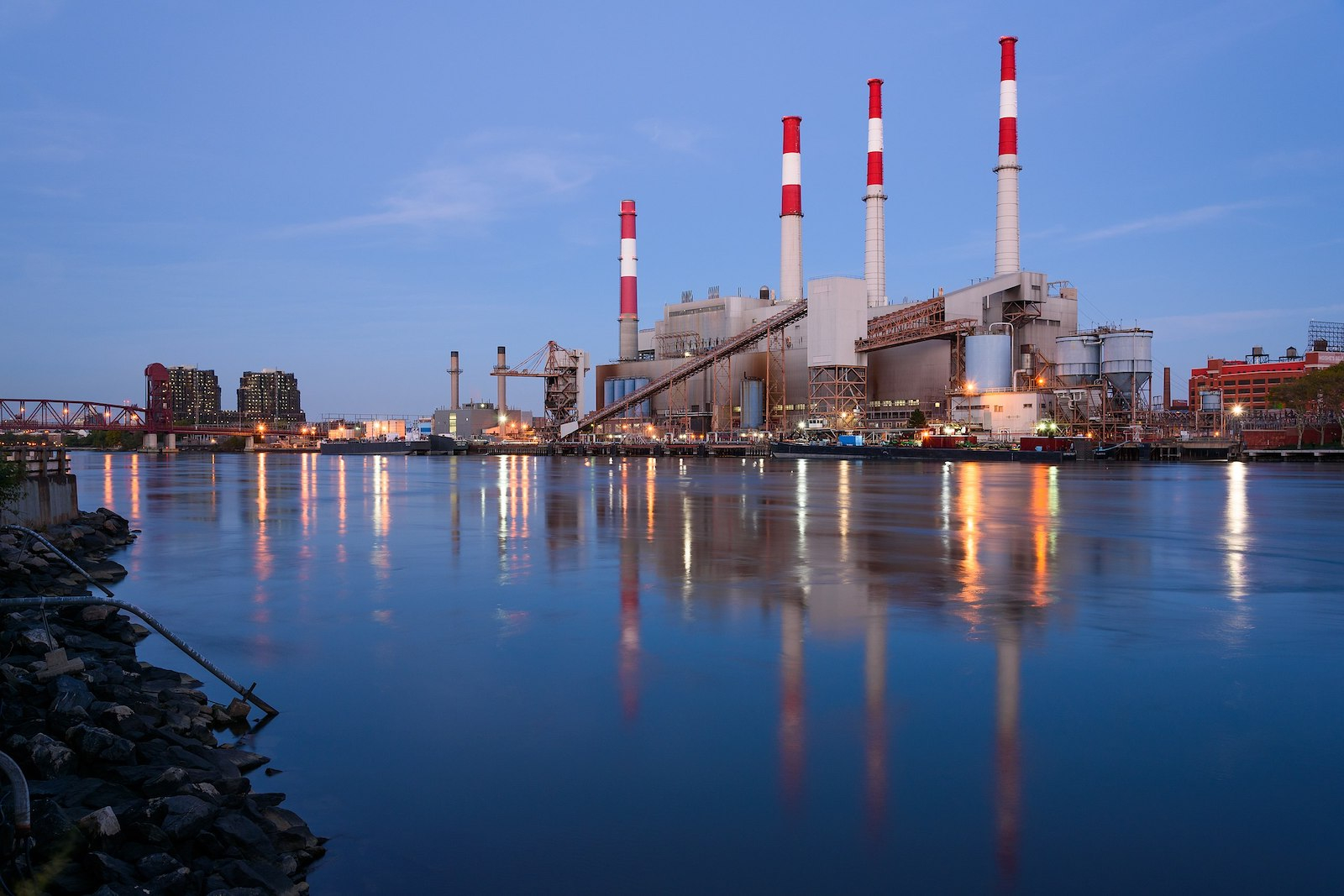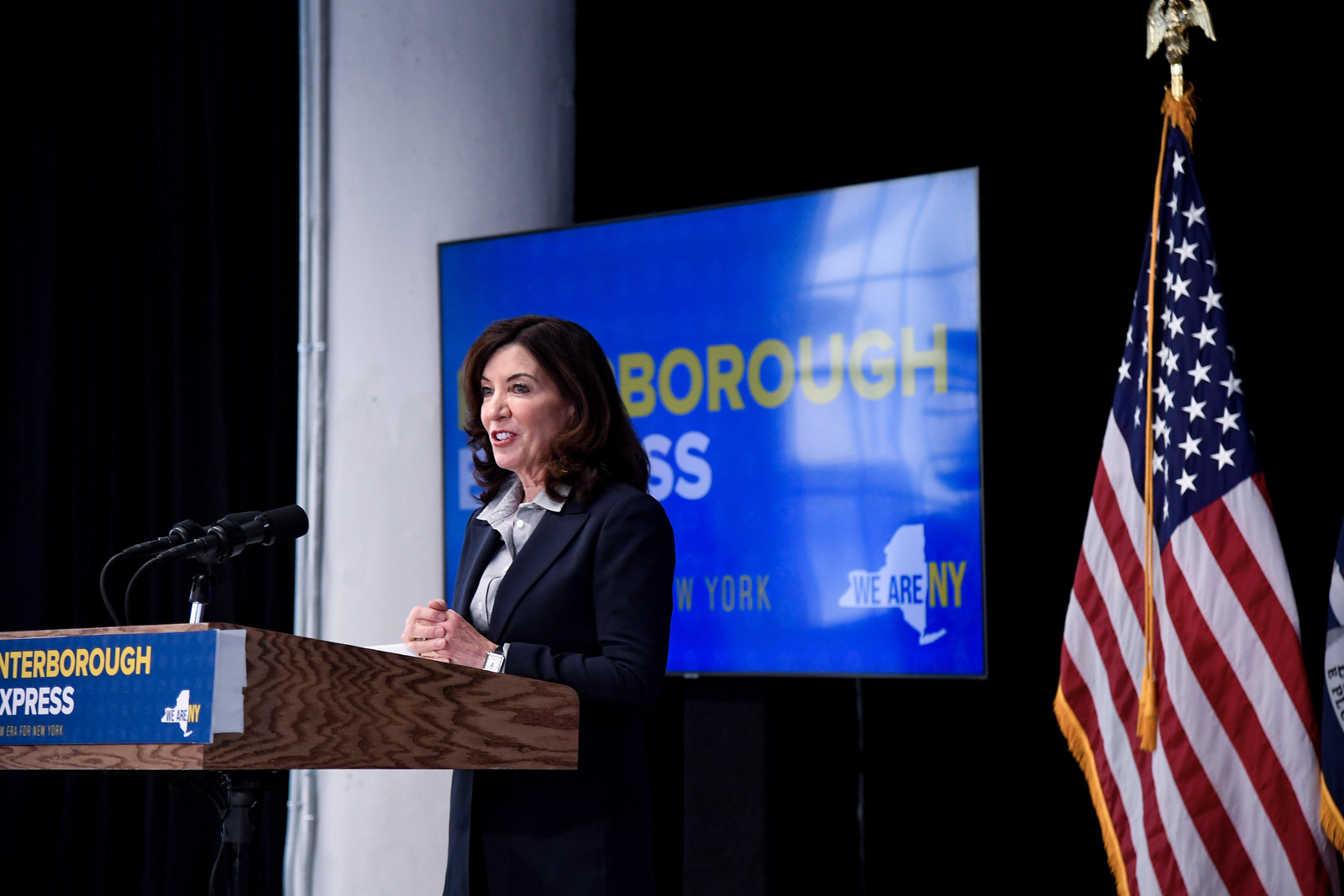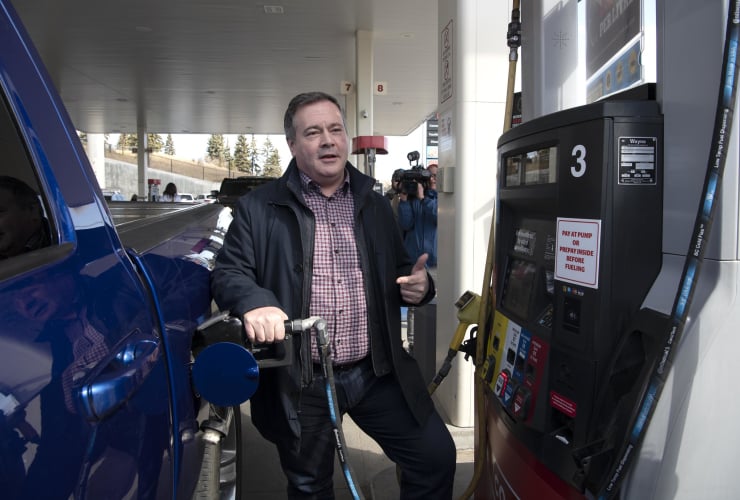This story was originally published by HuffPost and appears here as part of the Climate Desk collaboration.
New York state regulators last week approved two massive transmission projects to carry clean electricity into New York City, boosting hopes that the nation’s largest city could start to meaningfully wean off fossil fuels this decade.
At a hearing in Albany, five out of the state Public Service Commission’s seven members voted in favour of a proposal to construct power lines from hydroelectric dams in Québec and upstate New York solar and wind farms. Once completed, the two projects combined are expected to reduce New York City’s demand for fossil fuels by 51 per cent.

“Simply put, if we can’t deliver renewable energy to New York City, we can’t reduce emissions from the fossil fuel fleet,” Rory Christian, the commission’s chairman and lone appointee who hails from New York City, said at the hearing. “Should we delay and reconsider our approach at another time, we’ll very likely run the risk of putting ourselves in the unenviable position of paying more for future projects with lesser benefits.”
This final approval gives Gov. Kathy Hochul (D), who is campaigning for a full term in office this year, a major climate victory as she heads into a primary election she’s currently favoured to win.
“New York continues to lead the nation with innovative green energy initiatives and has been an example to the rest of the world how to confront the perils of climate change, the existential threat of our time,” Hochul said in a statement. “Today’s decision is a major step forward.”
Clean Path New York, a 175-mile line from a substation in New York’s Delaware County into the borough of Queens, generated little controversy, but carried greater risks, as the project has yet to receive permits and won’t come online until 2027 at the earliest. By contrast, the Champlain Hudson Power Express, a 339-mile conduit from hydro dams in Canada to the Queens neighbourhood of Astoria, stoked heated challenges from a ragtag alliance of environmentalists, gas-fired generators and Indigenous groups.
The opposition cited concerns ranging from the costs to New York ratepayers and competition to New York energy companies to fears that Hydro-Québec, the government-owned utility behind the project, might prioritize Canadians in a disaster or repeat its dark history of seizing Indigenous lands in Canada to build more dams and increase its electricity output.

Critics also raised issues with the current contract, which does not obligate Hydro-Québec to sell the same amount of power to the city during winter months, when electricity demand is forecast to peak at some point in the next few decades. Currently, New York City’s power demand surges in the summertime, when air conditioning use to fend off the sweltering heat spikes. As the city moves away from gas for heating, electric heat pumps are expected to make demand soar the highest during the cold months.
But the company, and economic analysts working for the state commission, downplayed that concern, noting that the utility would have a financial incentive to make more money selling power when demand was high.
Still, intrastate regional rivalries took center stage in the debate, with commissioners from upstate arguing that New York City would receive virtually all the benefits as ratepayers in the state’s poorer, northern reaches would possibly see increases to their electric bills.
Complaining that “nary a word” was said about the projects in upstate media, commissioner John Howard — the former chairman, who was demoted after he refused Hochul’s pressure to resign from the panel — said “this lack of proactive outreach is to say, at the very least, troubling.”
“Even today, we heard over and over again the vast majority of benefits to this proposal accrue to New York City,” Howard said.
Supporters of the project countered that the New York City government had already budgeted tens of millions of dollars to help finance the project, and a landmark municipal law passed in 2019, requiring large buildings to slash energy use, also incentivized landlords to help pay for the hydro line. Another state agency, the Office of General Services, had also signalled it was going to make a deal to help pay for the project.
Commissioner Diane Burman said those commitments were not firm enough and were thus “troubling and unacceptable.”
“I struggle with being able to approve these contracts at a time when consumers all across this state are already experiencing rising supply costs and record-high inflation,” she said.

But commissioner Tracey Edwards — who, coming from Long Island, was the only other appointee representing the densely populated downstate region besides Christian — said that voting down the transmission projects only cleared the way to approve more fossil fuel use in the state.
“We are rightly concerned about the costs of doing things differently, but I believe that we do have an obligation and moral and health obligation to do things differently,” she said. “I’m not comfortable continuing to spend ratepayer money on the same dirty fossil fuel results if there is an alternative before us.”
Opponents of the Champlain Hudson line had urged commissioners to approve the Clean Path project but reject the Canadian deal and reopen the bidding process.
But a big part of Champlain Hudson’s appeal was that the project already had state and federal permits, and could begin construction in a matter of weeks. If all starts on schedule, the line would start running hydropower into New York City by December 2025, two years earlier than Clean Path and likely several more years before any new proposal.
Champlain Hudson also already had contracts in place, meaning it locked in prices from before inflation soared across the world. This means that, in all probability, any alternative would not only come online much later, but cost much more due to increased material prices.
Marco Padula, an economist at the state’s Department of Public Services, testified that approving both transmission lines “would be the way to go to maximize the energy benefits for the state.”
“We can all be extremely proud today. New Yorkers have chosen Québec’s clean hydropower to supply 20 per cent of the electricity needs of America’s largest city,” Sophie Brochu, chief executive of Hydro-Québec, said in a statement. “This project, a model for an equitable energy transition, is an eloquent example of how we can work together to decarbonize the Northeastern United States.”
A handful of Québec’s 55 Indigenous communities, which total some 107,000 people, fiercely opposed Champlain Hudson, arguing that Hydro-Québec’s past seizures of their land were an extension of the attempted genocide of the Americas’ native inhabitants by European settlers. The Hudson Riverkeeper, a New York environmental advocate, echoed their concerns, repeatedly calling the electricity that would flow on the Champlain Hudson “blood energy” from “stolen” lands. The group also cited concerns over what building new dams would do to local ecosystems and food chains, in particular from mercury poisoning that a Harvard University study suggested could come from flooding previously dry forested land.
But the city’s contract with Hydro-Québec barred construction of new dams, though some dams already under construction could qualify to sell power on the line. Research commissioned by the company found zero examples of mercury poisoning stemming from its dams. And the company had made deals with several First Nations communities to both co-own a stretch of the Champlain Hudson’s transmission line in Canada and buy additional power from an Indigenous-owned wind farm.
There were also environmental justice arguments in favour of approving the line. For decades, poor, mostly non-white neighbourhoods on the western edges of Queens, where much of the city’s gas- and oil-burning power plants are located, have been known as “Asthma Alley,” owing to the high rates of breathing problems there. Costa Constantinides, a former New York city council member from Astoria who represented those neighbourhoods, called the state’s approval of the project “a big win for communities who have for too long had to bear the burden of fossil fuel generation.”
“This is a big win for New York City,” Constantinides said after the hearing. “It’s a down payment on the renewable energy future we’ve been promised. We have a lot more to do.”
Energy experts overwhelmingly agree that building more transmission lines is vital to decarbonizing the U.S. electricity grid, because renewables like wind and solar are dependent on optimal weather, and urban and industrial centres with the great demand rarely have the space to generate their own electricity. Hydropower, like fossil fuels or nuclear reactors, can run 24/7 and come online quickly when demand spikes, meaning its availability makes it easier for New York to add more intermittent renewable sources without risking blackouts.
The state’s legally enshrined climate goals mandate that it generate 70 per cent of its electricity from renewables, including hydropower, by 2030, and eliminate emissions from the power sector entirely by 2040.
Reaching that goal, Edwards said, required reinterpreting the commission’s 115-year-old mandate to look solely at the impact to ratepayers from approving new projects and abandon a reliance on the “same old, same old” at a moment when “we’re running out of time.” The lone Black woman on the commission, she poignantly compared the need to “evolve” to meet new challenges of climate change to the way the Civil Rights Act required fundamental changes to how government bureaucrats viewed their mandates to serve citizens.
“Just think about what the air quality was and the emissions in 1907,” when the Public Service Commission was established, she said.
“Sometimes we have to move past that, just like how the Civil Rights Act evolved. We have to evolve with it,” she added. That meant making tough choices to move the state in the direction it needs to go to slash emissions and local air pollution.
“Is it perfect? Absolutely not,” Edwards said. “Do I think that we will get better over time as these projects continue? Yes I do.”





Comments